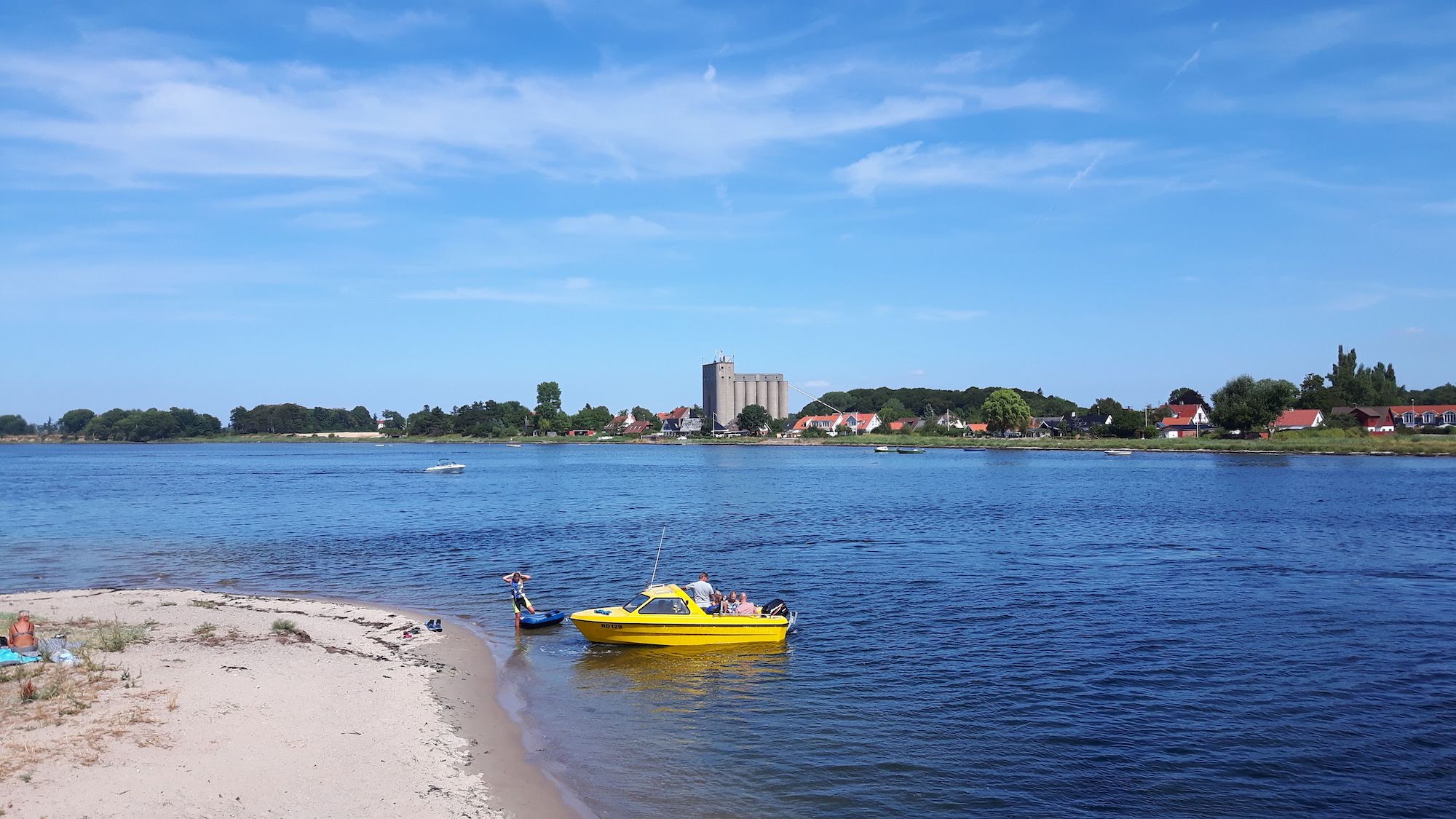
Understand carbon offsetting
by bernt & torsten
To understand carbon offsetting, one must first have at least a general understanding of carbon emissions, also commonly known as “greenhouse gases“.
These are atmospheric components-like carbon dioxide, nitrous oxide, and methane gas-that contribute to the greenhouse effect. The greenhouse effect is responsible for the warming of the atmosphere that, in respectable levels, makes our atmosphere capable of supporting life, but that in extreme levels like those we’ve been experiencing ever since the industrial revolution and the advent of contemporary, “modern” civilization, can make the Earth unsustainable for life.
That said, carbon offsetting is any act that mitigates (or “alleviates”, “lessens”, or “diminishes”) greenhouse gas emissions. The idea behind it is that instead of reducing one’s own greenhouse gas emissions, one compensates by paying to have them reduced elsewhere.
This is particularly helpful in cases where it simply isn’t feasible for industry to cut down on its own greenhouse gas emissions without detrimentally affecting its ability to manufacture the products or perform the service it’s in business to manufacture or perform. In other cases, even if it is possible for a business to cut down on its own emissions whilst still being able to do its business, it may not be able to do so without causing prohibitively high price increases for the end-user.
Examples of carbon offsetting in action include:
Using renewable energy techniques and sources – such as wind power, solar power, biodiesel, biomass, and other biofuels, hydroelectric, and geothermal power
- Planting trees – among other remarkable benefits, trees capture harmful carbon dioxide and convert it into more life-sustaining oxygen
- Energy conservation/reduction of energy consumption – from household replacement of incandescent lights with low-wattage, compact fluorescent bulbs to industry\’s replacement of combustion engines with more energy efficient technologies
- Methane gas capturing – containing the methane released by landfills, industrial waste, and farm animals to be converted into useful energy sources rather than released into the atmosphere where they can cause harm
A popular voluntary form of carbon offsetting is the purchase of “carbon credits” or “emissions trading credits“, also commonly referred to as “green energy credits“, which essentially pays for methods of carbon offsetting like those listed above to implemented elsewhere. As carbon offsetting is often too expensive or inaccessible for many individuals and businesses to realistically participate in, the existence of these green energy credits gives them a way to exercise their environmental responsibilities and participate in reducing carbon emissions without jeopardizing their ability to continue to do business. Green building is an example of the combined use of many of these techniques in an effort to create lasting structures that are more environmentally self-sustainable and have a reduced environmental impact.
There are both regulated and voluntary carbon-offsetting programs in effect. One famous mandated program is what\’s known as the “Kyoto Protocol” which numerous countries worldwide have agreed to abide by.

Tech Disillusionment
For four decades, I have worked in the tech industry. I started in the 1980s when computing...

A Poem: The Consultant's Message
On a Friday, cold and gray,
The message came, sharp as steel,
Not from those we...

Using AI to Plan Wall Repair and Gutter Installation
In this article, I will share my experience using AI to plan the work required to fix a wall...